Reflections on environmental justice: A peak at disability and environmental justice through the artists' lens
Lourdenie Jean
Intersectional feminist, Lourdenie is mostly known for her community work in the past 5 years. However, behind this passion for justice stands an unconditional love for arts and a kid’s heart. Singer, writer, drawer- and more- in her free time, she uses art as an empowering tool in her daily life.
Regardless of the medium she creates with, the themes that inspire her the most are her plural identity, her political ideals and her emotions, simply.
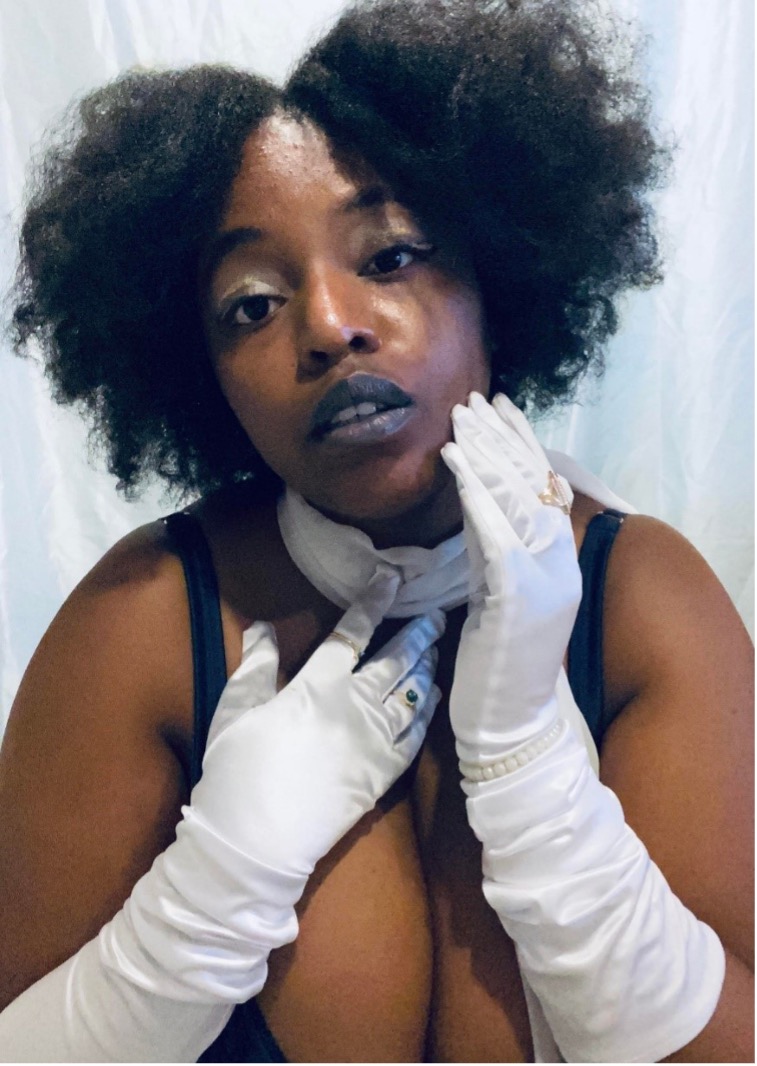
Q&A
Why did you select these particular works to share with folks for NAAW?
In this selection, I wanted to highlight my rapport with nature. These different pieces show this rapport seesawing with different components of my being in terms of shaping one and another. Aspects of this dynamic are delimited by social barriers that result into lack of access to nature. In the piece La Reine, I address the objectification of my body as a curvy black woman and the street harassment it causes as an obstacle to cherish public spaces. In urban areas where parks are the main access to green spaces, street harassment crosses many environmental issues, although this connection is often overlooked.
Whilst my value can be questionned, reduced and erased when occupying public spaces, this portrait puts the emphasis on my resistance towards those violences. In the same vein, my poem Hair whisperer shares my path towards healing my connection with the land, nature and self-reliance. It laughs at the colonial project to uproot black communities from the land because of our unbreakable bond with it, that I personally live through my natural hair.
This work's subtext is that we- black femmes- are nature and we share the land's traumas with it. This belief is furthermore explored in the piece Dolce far niente. In it, is illustrated a curvy black woman with codes of the work L'Homme de Vitruve. By recuperating elements of the famous piece, Dolce far niente dismantles its eugenics heritage, celebrating beauty outside of what is considered a perfect human.
How does your art reflect disability and environmental justice? Are these two things connected for you?
Most of my art focuses on my body because everything stems from it: from how it's perceived to my interaction with the environments near me and the emotions generated by those elements. Through my body, disability and environmmental justice (and more) are constantly intertwined. As a black woman, many parts of me are politicized in a way that the system limits my capacities. This echoes to patterns of ableism that takes roots in the desire to cast out what was labeled as imperfections of nature.
How do race, gender, disability and the environment intersect in your work? Why?
With my platform L'Environnement, c'est intersectionnel, I vulgarize how capitalism steals collectives' power to sustain themselves by reducing the environment and specific communities (mainly) as commodities. It is that (dis)connection that ties many oppressions and environmental violences because a pillar for oppression is the presence of explicit obstacles to provide for themselves, which in parallel, cause more waste.
Art
La Reine


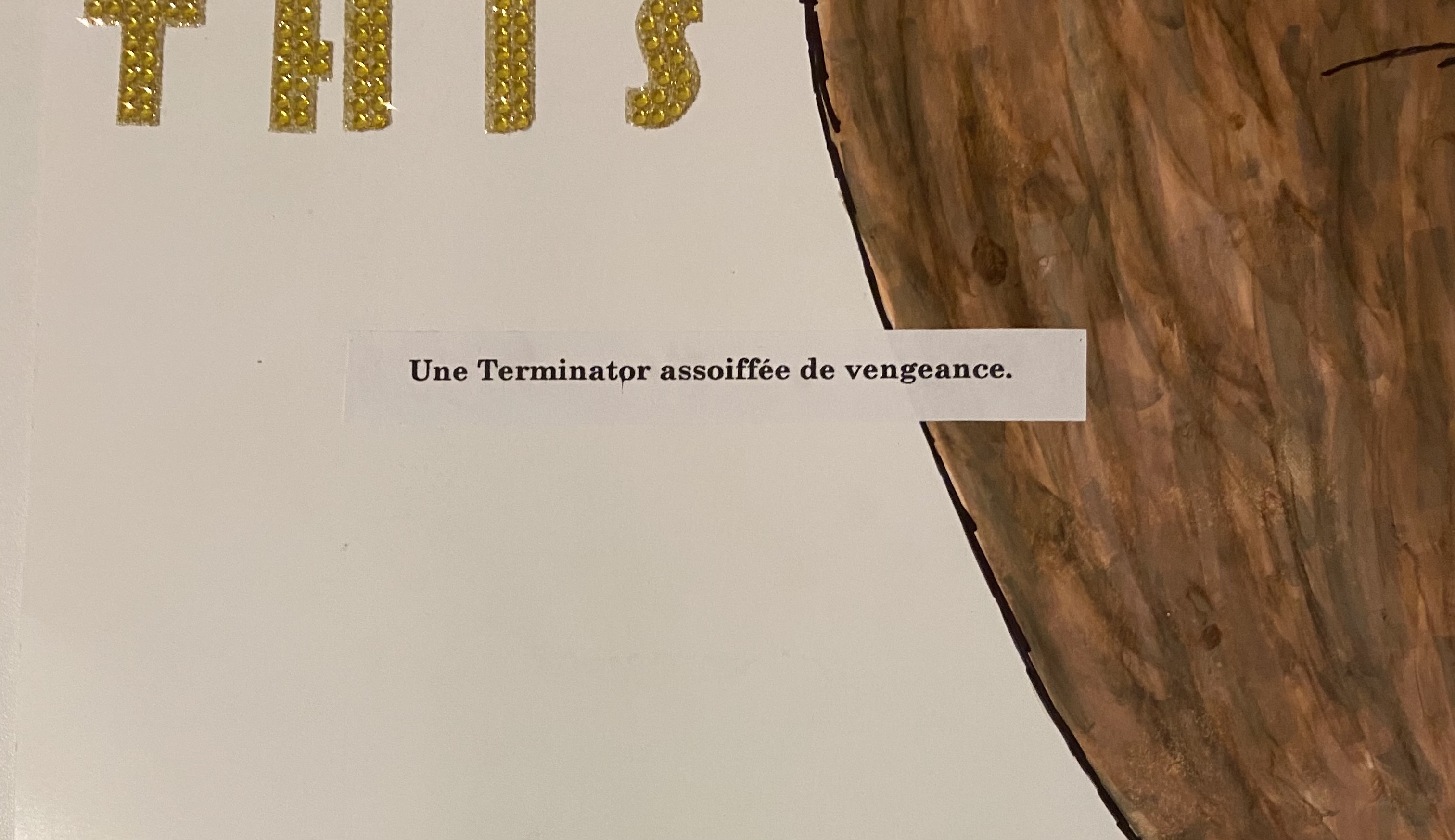
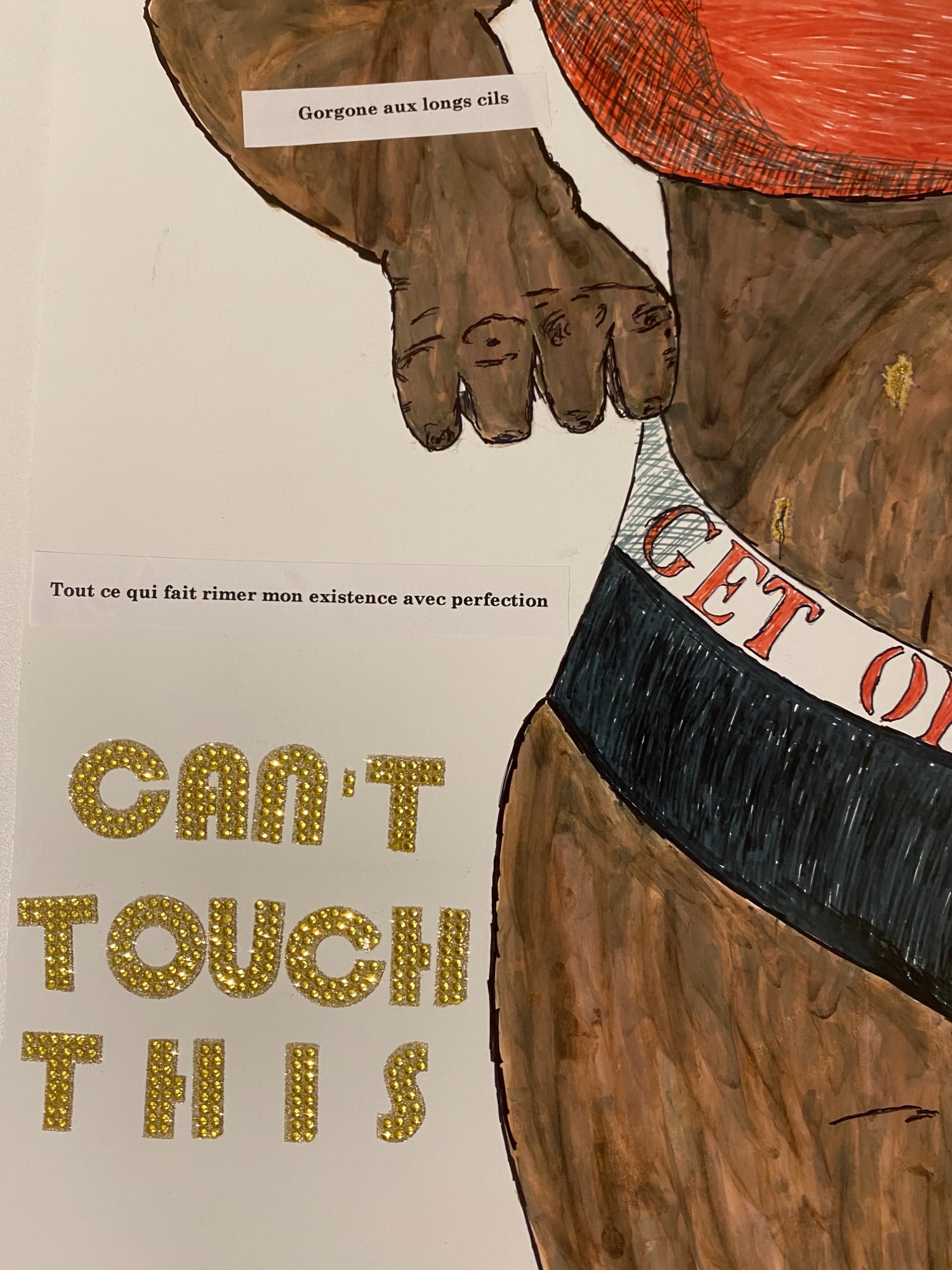
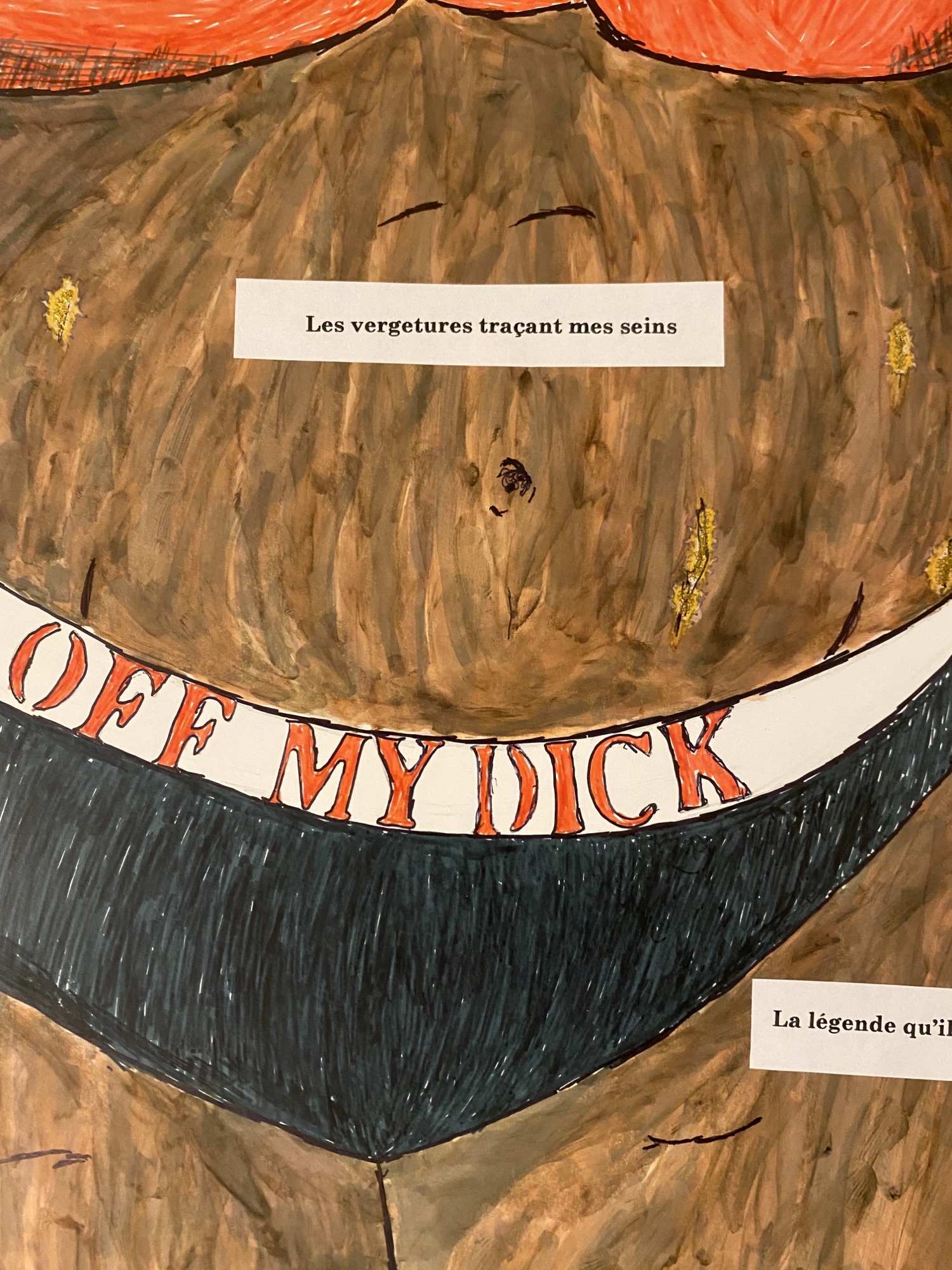
Ever since I was a kid, we made it very clear that my body wasn’t mine. I had curves at a young age and that was instrumentalized against me to steal my childhood. I still remember my first catcall. I relive the same paralysis of a 12 years old kid who genuinely doesn’t understand how someone can be this violent. In parallel, we tried to "protect" me by controlling me furthermore. "Too short, too tight", in all cases, I was told my body was an issue.
La Reine is a response to all this politicisation. This work is a space where I reappropriate my sensuality fully. It represents my very confident alter ego with the same name who is nearly arrogant which is also featured in my short story Doppelgänger. In this history, we follow her gruesome vengeance towards an aggressor who has catcalled her. The sentences are snippets of the short story in question that describe her and reminds that her magic is the only substantial power in the situation.
Hair whisperer
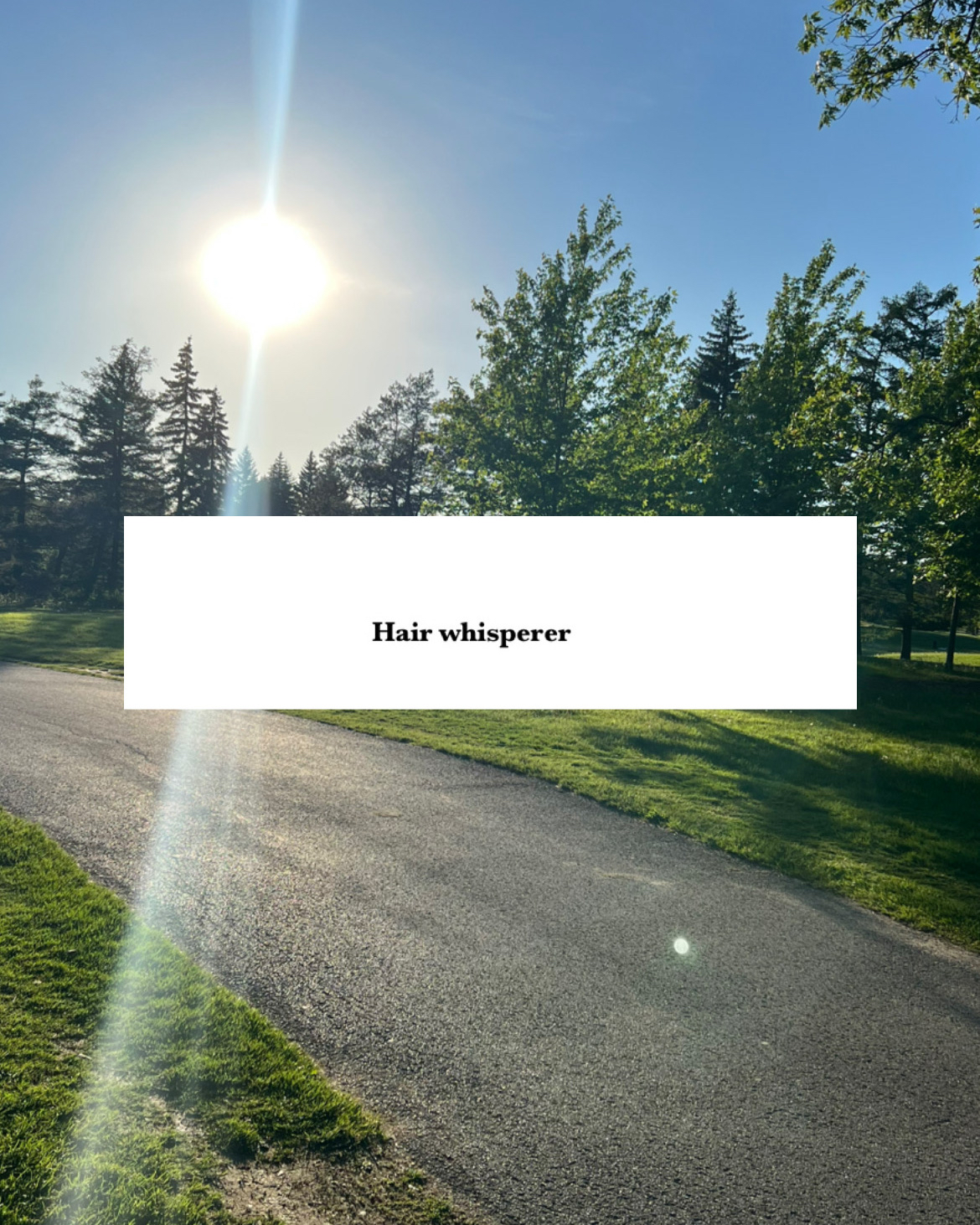
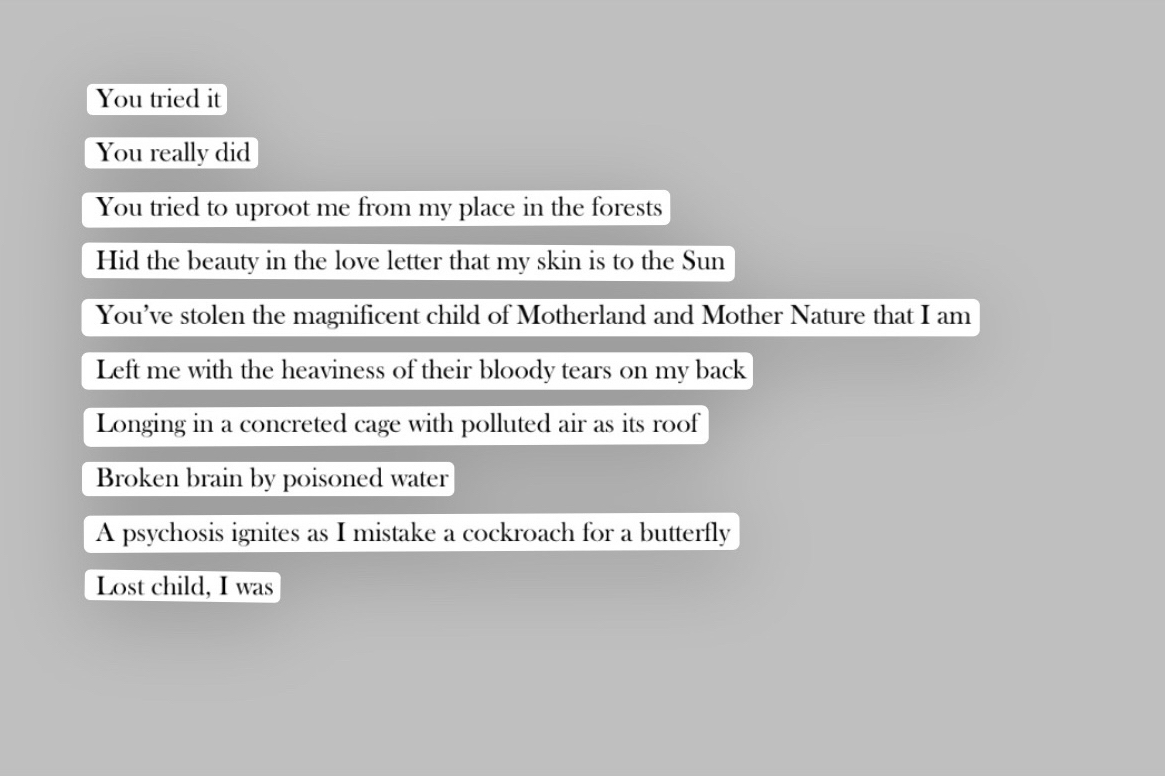
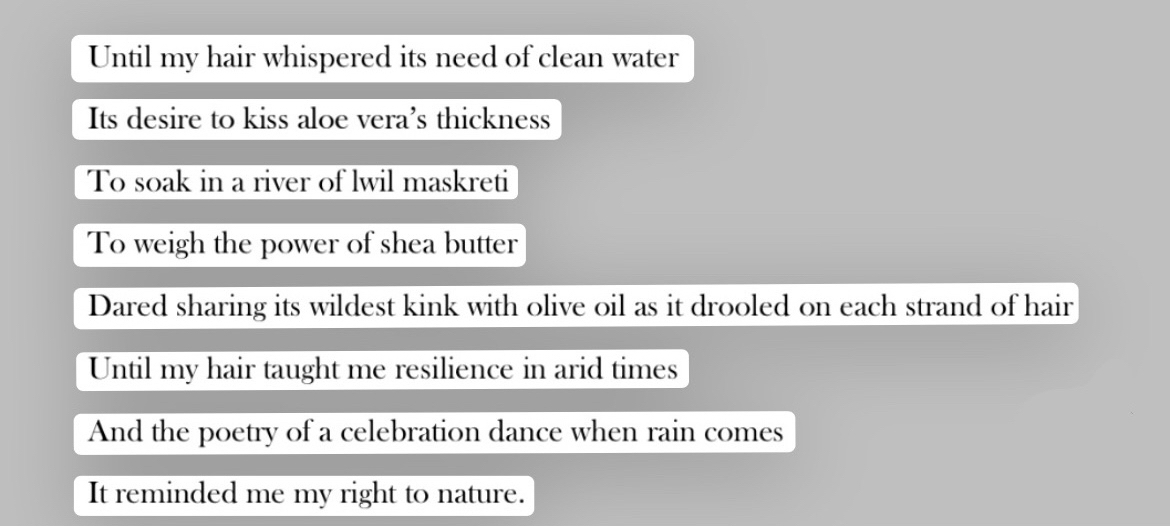

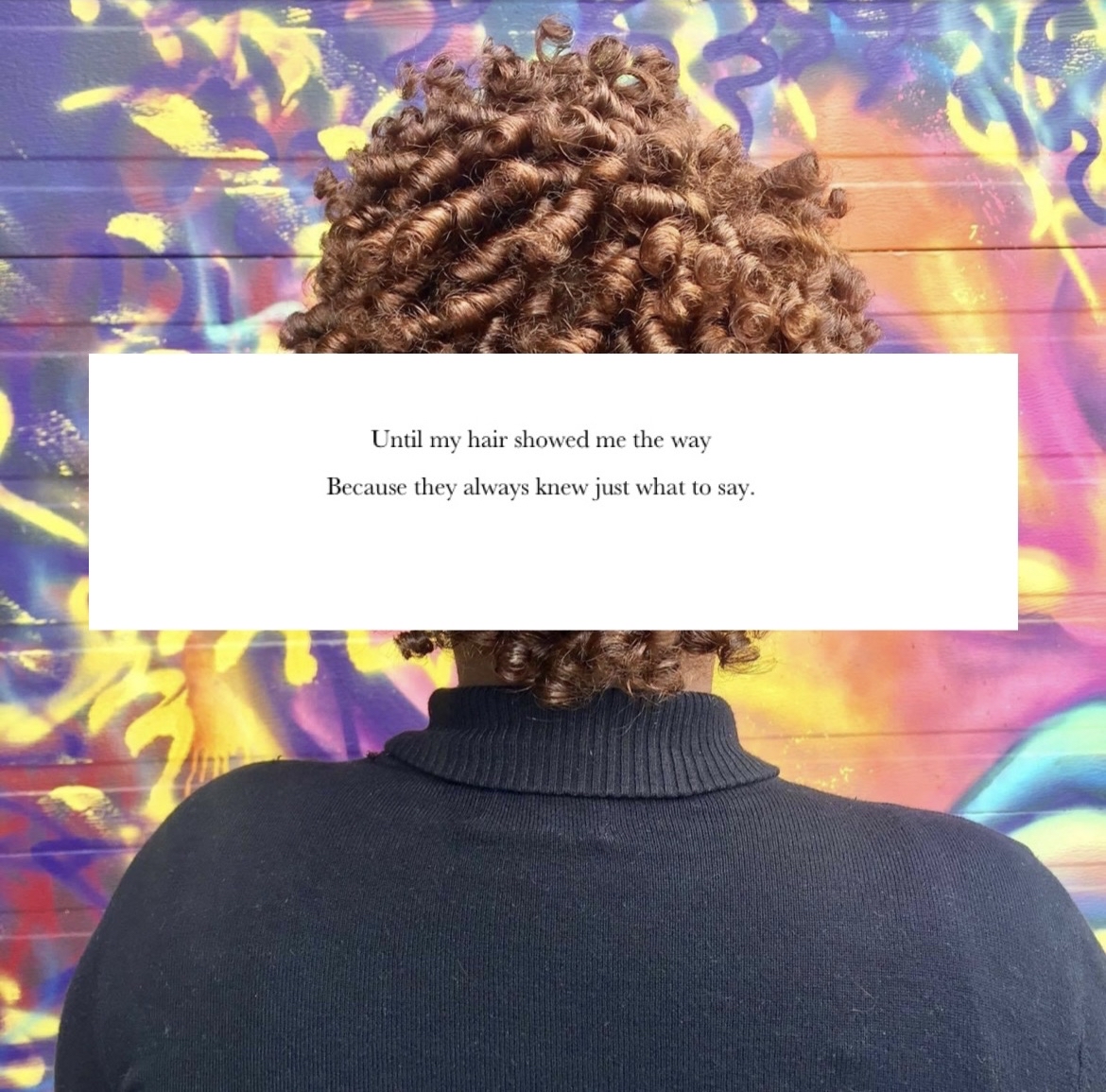
Antiblackness is often observed through the tragedy of tearing: with ourselves, the land, our value, in part. The perverse effects of seeing ourselves only in fragments reinforces even more that feeling of rupture. However, there is no colonial effort strong enough to break indefinitely this relationship with oneself and nature ingrained in us.
The poem Hair whisperer is a celebration of my personal path for that reconnection that happened through my natural hair who were calling their mother nature.
Dolce far niente
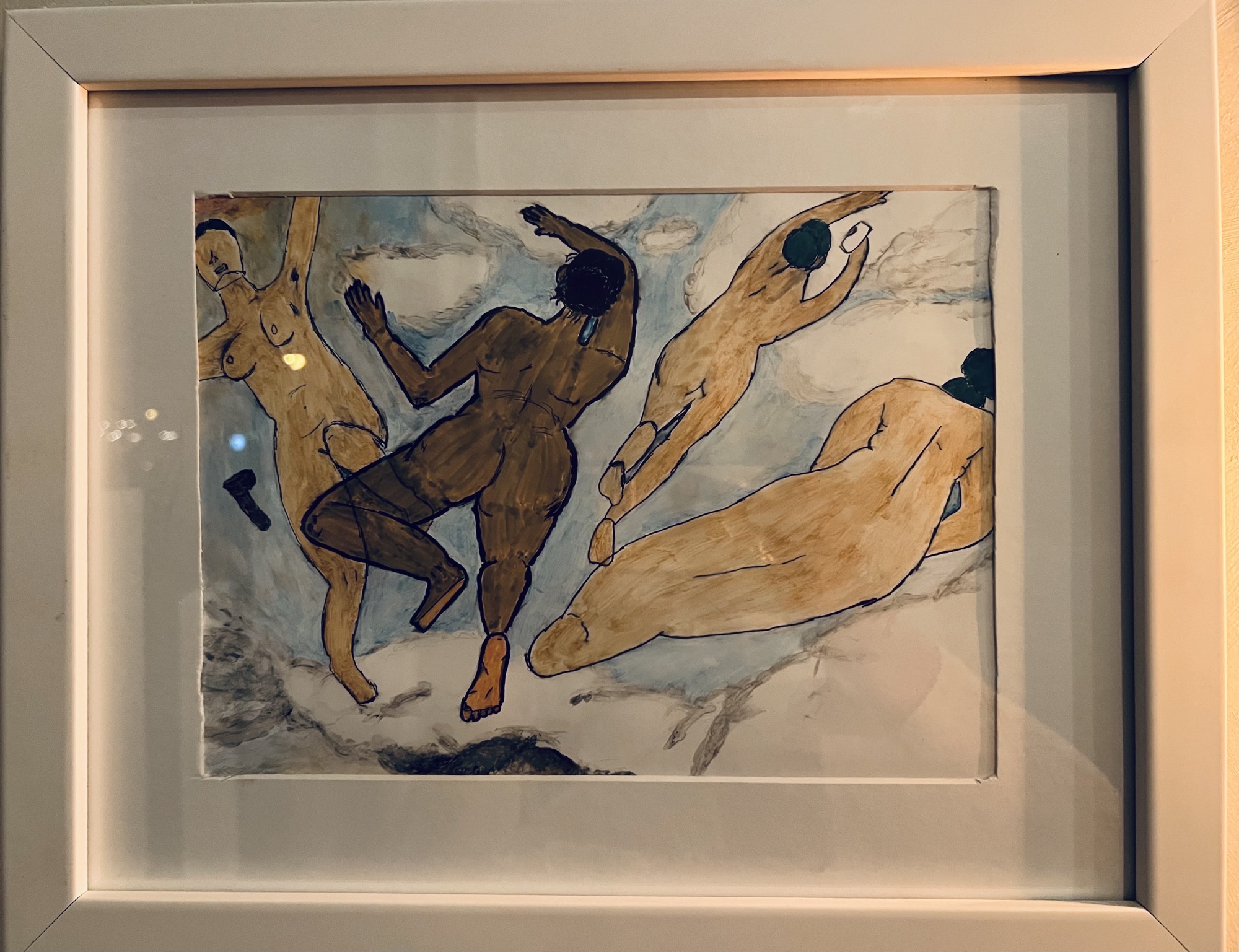
Dolce far niente or the sweetness of doing nothing isn’t just a state, it’s an italian concept devoted to the contemplate inaction and peace of mind. In this drawing, we are invited in the intimacy of the illustrated figure in order to celebrate with them on of their (rare) moments of quietude. This piece takes inspiration in the Renaissance movment, notably by retaking codes of the piece L’Homme de Vitruve- symbol of the artistic movement- whilst dismanteling its eugenic heritage.To do so, it portrays a black femme with curves in asymetrical positions, some willingly deformed.
Instagram account:
https://www.instagram.com/ninisplayground/
